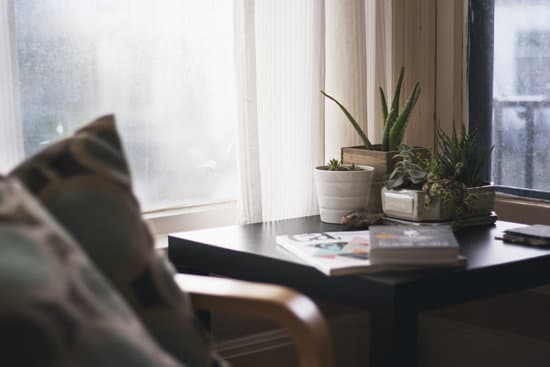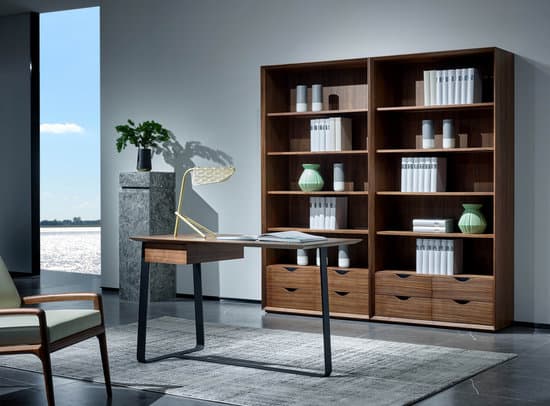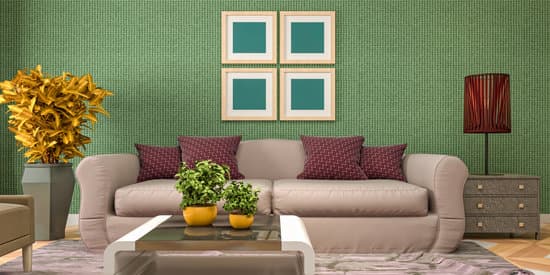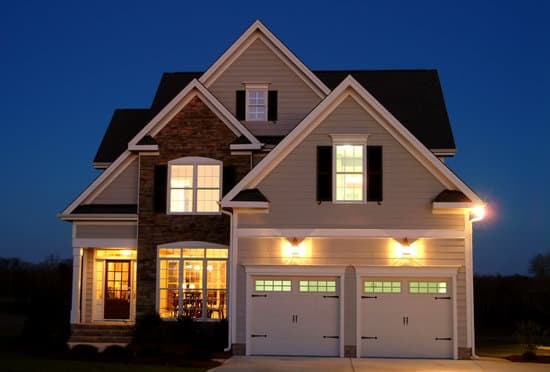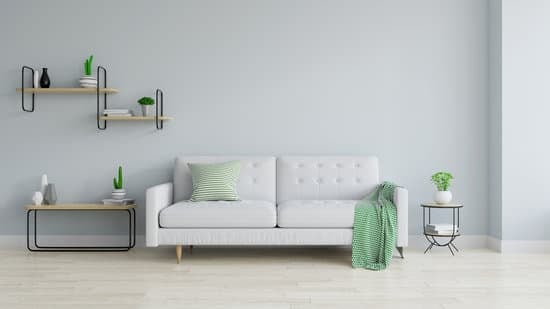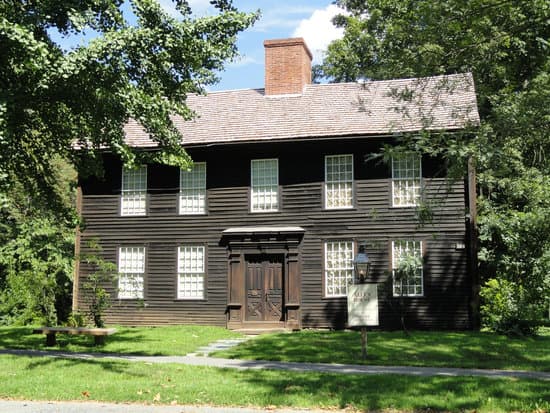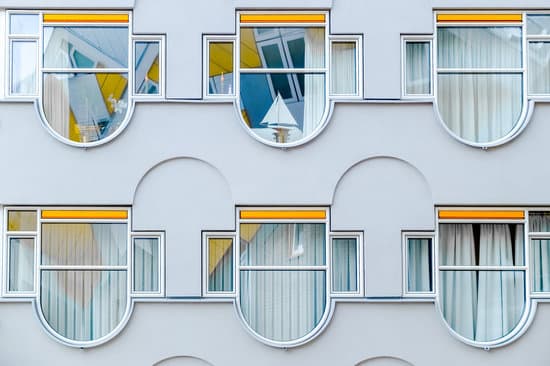Retro Interior Style Overview
Retro interior style is more than just a throwback to the past. It is a design style that takes inspiration from different eras of interior design, blending traditional designs with modern forms or modern designs with vintage finishing. This style is a perfect mix of colors, shapes, and forms, giving any room a unique and distinct look. While the 50s, 60s, and 70s are the most popular decades tapped into, the retro style is also influenced by earlier time periods like the Art Deco and Art Nouveau movements. The retro style is not just about nostalgia; it provides a way for people to express their creativity and individualism in their home or living space.Key Design Elements of Retro Interior Style
Retro interior style is all about combining old and new designs, mixing and matching, and adding a personal touch to the space. Here are some key design elements that make retro interiors stand out:- Colors: Bold and bright colors dominate retro interiors, with hues like orange, turquoise, mustard yellow, and olive green being particularly popular. These colors are often accompanied by black and white or metallic accents, like gold or brass.
- Shapes: Geometric shapes, particularly those with a round or curved edge, are a defining feature of retro interiors. From circular and oval coffee tables to sculptural lamps and mirrors, curvy shapes are a way to soften the harsh lines of modern design.
- Textures: Retro style often emphasizes the use of textured fabrics like shag carpets, crushed velvet, and corduroy, as well as natural materials like wood, leather, and stone.
Traditional Designs vs. Modern Forms in Retro Interior Style
One of the defining features of retro interior style is the combination of traditional designs with modern forms. This blending of styles creates a unique and exciting look that is both familiar and fresh. For example, you might see an antique wood sideboard paired with a sleek and modern sofa, or a vintage wallpaper pattern paired with contemporary lighting fixtures. This juxtaposition of old and new creates a dynamic tension that makes retro interiors so eye-catching.Exploring 50s, 60s, and 70s Design in Retro Interiors
The retro interior style is inspired by designs from different eras, but the 50s, 60s, and 70s are the most popular decades that designers draw from. These were times of optimism and change, with new technologies and materials inspiring innovative design ideas. Here are some iconic design elements from each decade:- 50s: Pastel colors, chrome accents, and iconic furniture pieces like the Eames chairs and Saarinen tulip table.
- 60s: Pop art prints, psychedelic patterns, and space-age materials like plastic and Lucite.
- 70s: Rustic textures, earthy tones, and bold patterns like shag rugs and macrame wall hangings.
Creative Uses of Colors, Shapes, and Forms in Retro Interiors
Retro interior design is all about creative expression and experimentation, and there are countless ways to use colors, shapes, and forms to achieve a retro look. Some examples include:- Statement wallpaper: Retro wallpaper patterns are back in style, and there are countless options to choose from. Bright florals, bold graphics, and abstract patterns can all add a retro flair to a space.
- Mix and match patterns: Retro interiors are about taking risks and breaking the rules. Mix and match patterns like stripes, polka dots, and florals for a bold and eclectic look.
- Curvy furniture: As mentioned earlier, curvy and rounded shapes are a defining feature of retro interiors. Look for furniture pieces like sofas, chairs, and coffee tables with soft and curvy lines.
Tips for Incorporating Retro Style in a Room Design
If you’re looking to incorporate retro style into your home, here are some tips to keep in mind:- Choose a decade: Decide which decade (or combination of decades) you want to draw inspiration from, and research iconic furniture pieces, colors, and patterns from that time period.
- Be playful: Retro interiors are all about creativity and experimentation, so don’t be afraid to mix and match different styles and colors.
- Don’t overdo it: A little bit of retro goes a long way. Incorporate retro elements into your design in small doses to avoid overwhelming the space.




